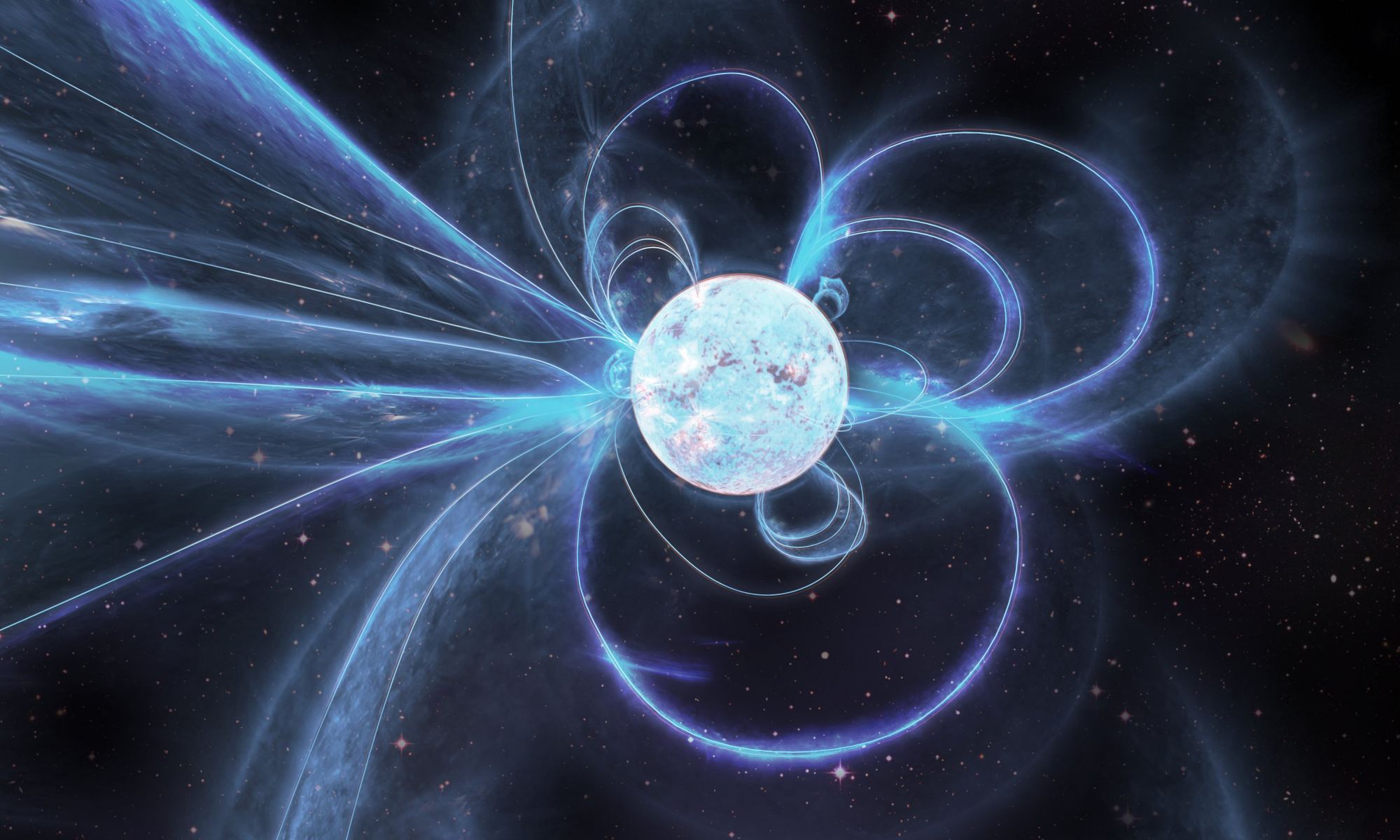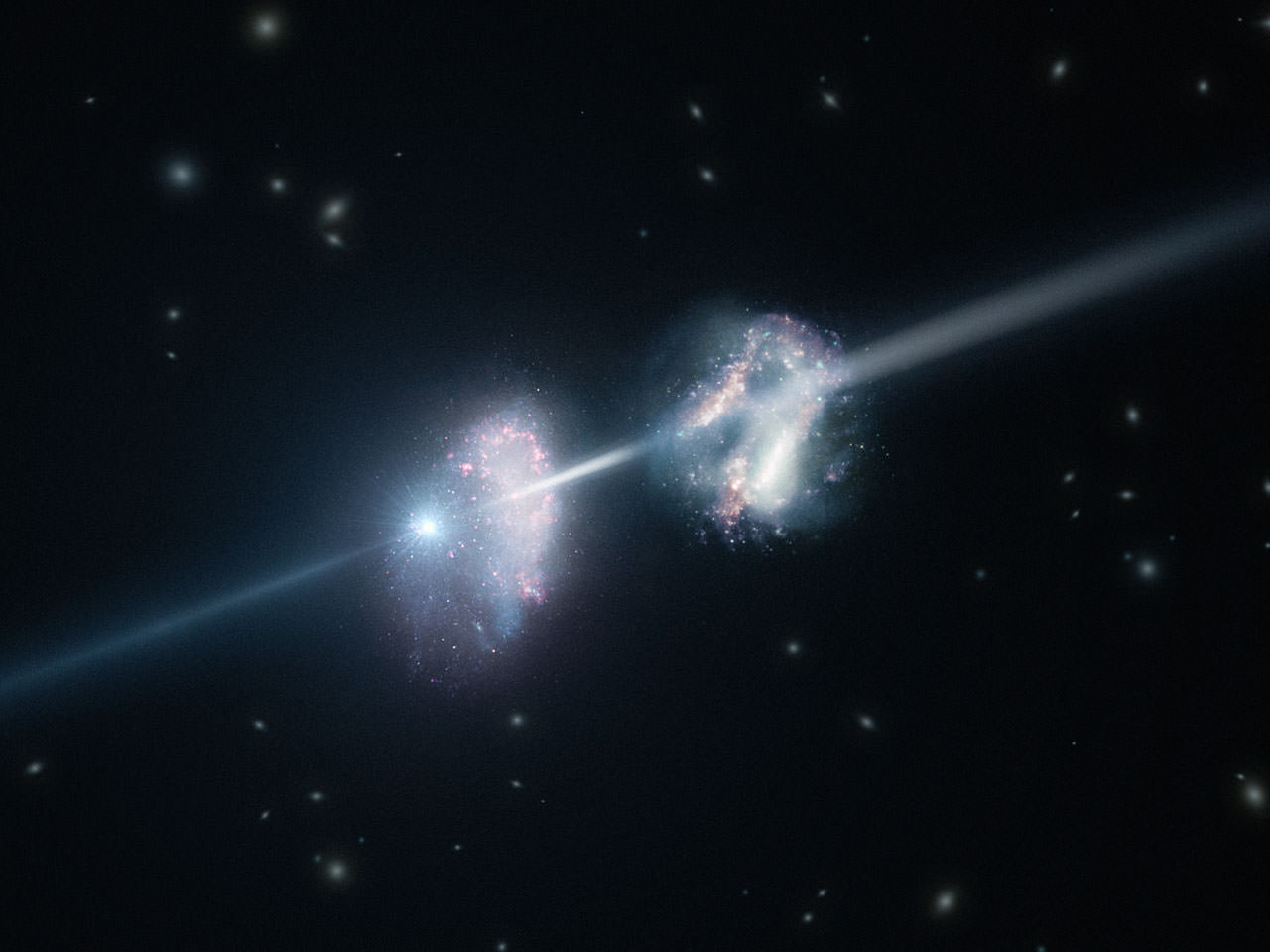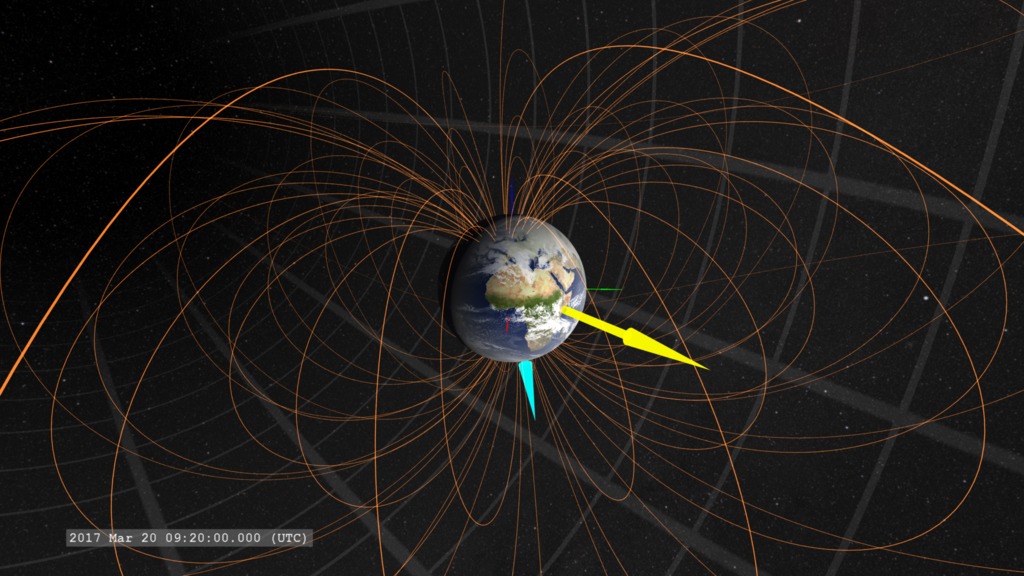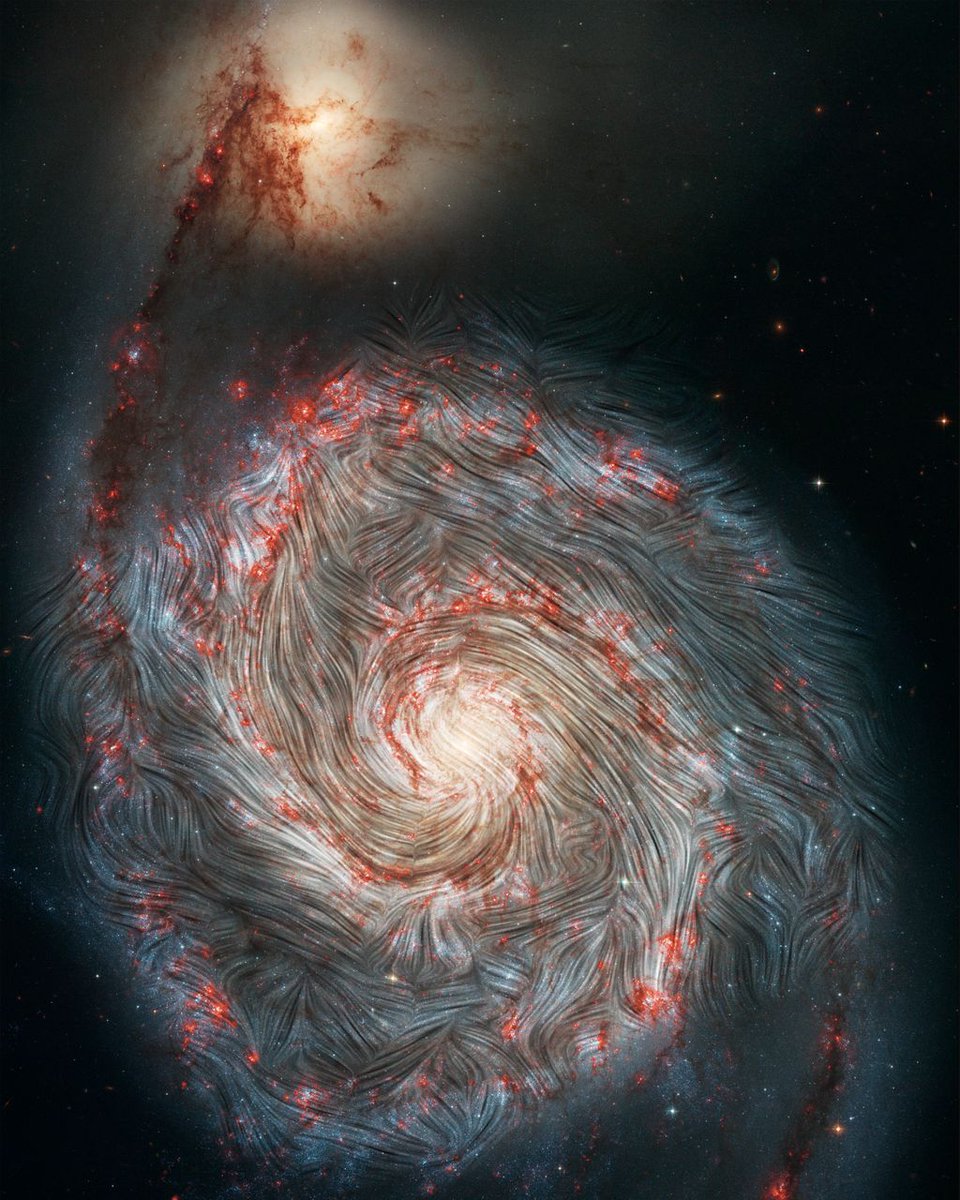Black holes are powerful cosmic engines. They provide the energy behind quasars and other active galactic nuclei (AGNs). This is due to the interaction of matter with its powerful gravitational and magnetic fields.
Technically, a black hole doesn’t have a magnetic field on its own, but the dense plasma surrounding the black hole as an accretion disk does. As the plasma swirls around the black hole, the charged particles within it generate an electrical current and magnetic field. The direction of the plasma flow doesn’t change spontaneously, so one would imagine the magnetic field is very stable. So imagine the surprise of astronomers when they saw evidence that a black hole’s magnetic field had undergone a magnetic reversal.
Continue reading “A Supermassive Black Hole Just Flipped its Entire Magnetic Field”









